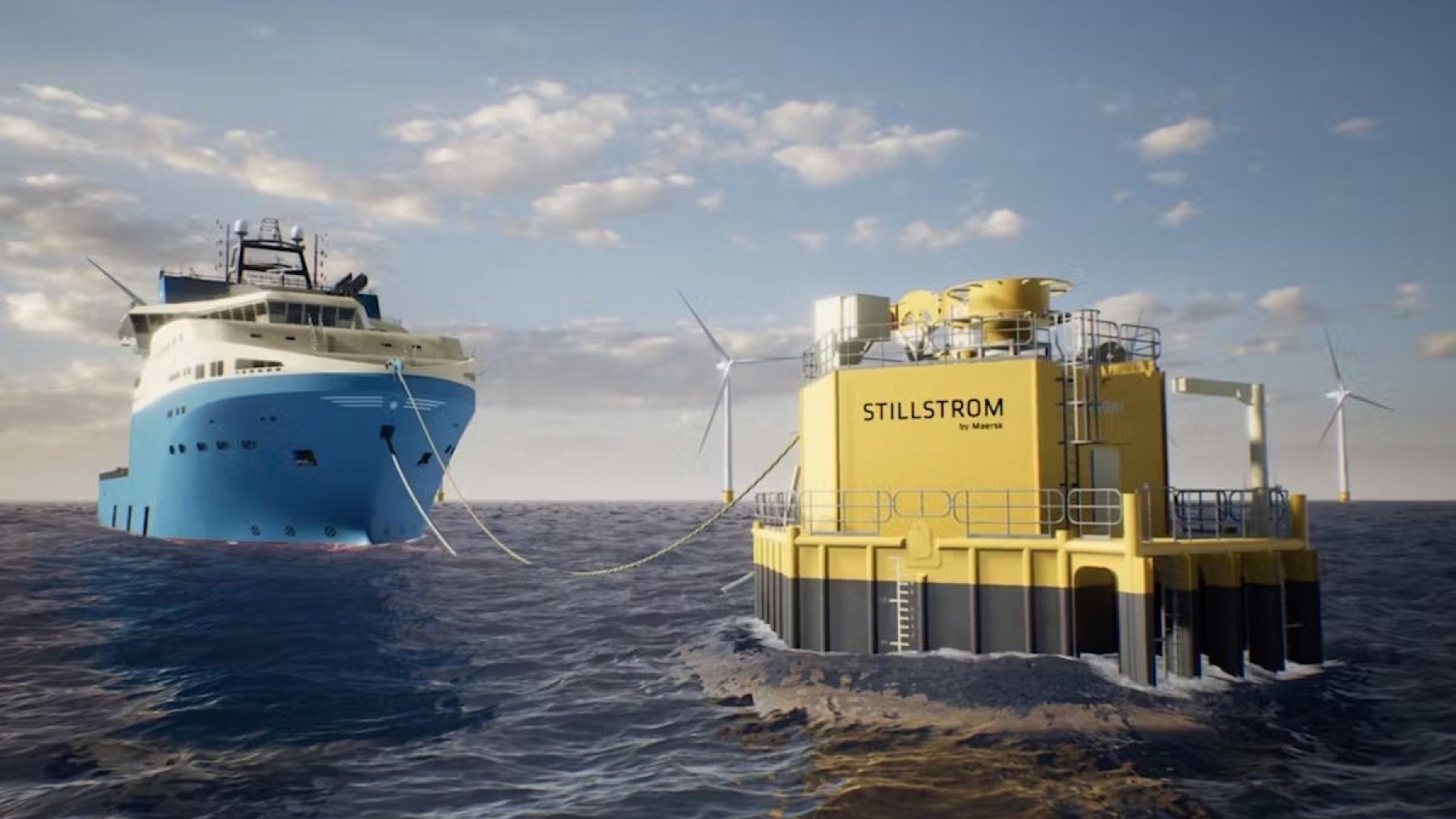World
Scotland and the biggest underwater discovery in history: The world waits in awe, wondering how they will retrieve it

The concept of progress has evolved radically in recent years. It is no longer just about higher profit margins, but now necessarily involves the decarbonisation of global economies. This is the commitment of a team of scientists from Scotland who have found an underwater treasure that could finally eliminate diesel fuel from shipping.
Neither pirate chests of gold nor oil: the most valuable underwater treasure is energy.
When talking about sustainable mobility, we are used to thinking about electric cars and motorbikes. However, the shipping industry is one of the pillars of the global economy. It is the most efficient method of transport to move large cargoes from one end of the planet to the other to supply each country with all those resources and products that are indispensable for the development of the economy.
However, this industry also represents one of the most important challenges for the reduction of greenhouse gases, as it is proving particularly difficult to find a replacement for diesel. Some projects, such as the hydrogen-diesel hybrid boat developed in the US, are promising, but this technology is far from being implemented on a large scale.
A more viable solution could be the one developed by Glasgow-based Oasis Marine, which consists of a series of buoys connected to floating offshore wind farms. This system would allow a supply chain to be established to exploit the underwater treasure trove of clean, renewable energy for ships.
Hydrogen and offshore electricity: Scotland declares the end of diesel
Oasis Marine is a company dedicated to developing and providing innovative solutions for marine transportation technology, focusing on the implementation of renewable energy for this industry. The Oasis hydrogen buoy is the company’s latest and most notable innovation, offering a cheaper, emission-free offshore refuelling infrastructure.
The ingenious system consists of a series of buoys that provide a floating surface for the installation of wind turbines and solar panels. These systems allow hydrogen to be produced from electrolysis and stored as a gas in tanks capable of withstanding the harsh climatic conditions of this environment, tapping into a previously untapped underwater treasure trove.
In this way, transport vessels could refuel at the nearest buoy whenever needed, finally creating a safer and more accessible solution than other hydrogen storage systems such as ammonia or high-pressure tanks. The technology was tested at the Kelvin Hydrodynamic Laboratory in Glasgow and is fully certified for implementation.
The potential of the new underwater treasure: we will be able to produce green hydrogen using only seawater
Considering that the salt water in the seas and oceans is one of the most abundant and least exploited substances on the planet, it is safe to say that Oasis Marine has found a real underwater treasure. The Oasis buoys could not only provide hydrogen for supplying ships, they would also be capable of supplying electrical energy.
In addition, these systems could be connected to other renewable energy infrastructures such as the floating wind power plants that are already spread around the world. This synergy of technologies expands the potential of an underwater treasure that could finally decarbonise an industry that currently accounts for 13% of CO2 emissions.
Green hydrogen diversifies and overcomes all obstacles
Until a few years ago, green hydrogen, while promising, was expensive and very difficult to stores. Thanks to innovations such as Oasis Hydrogen Buoy or the powdered energy being produced by Australia, we are getting closer and closer to bringing this underwater treasure to all the world’s engines.










